1. Lava Lamps
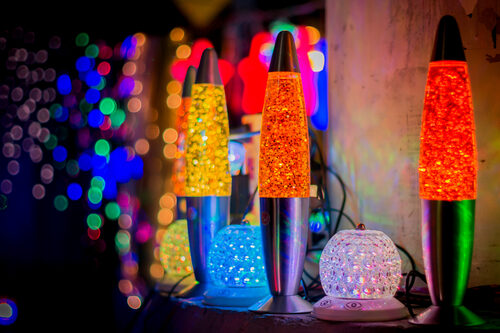
Nothing screams ‘60s like a glowing lava lamp slowly drifting and morphing on your side table. These lamps weren’t just decorative—they were conversation starters, often found in the bedrooms of hippies and college students alike. The hypnotic motion of the wax inside captured the era’s fascination with psychedelia and relaxed vibes. Today, original 1960s lava lamps in good condition are highly prized by collectors who want a piece of that groovy glow.
Collectors love them not just for the aesthetic, but for the history behind the design. Early models from companies like Mathmos or Lava Lite can fetch high prices because they represent the authentic, original psychedelic experience. Even minor variations in color or shape can dramatically affect value. That means spotting one at a vintage store can feel like striking gold.
2. Eames Molded Plastic Chairs
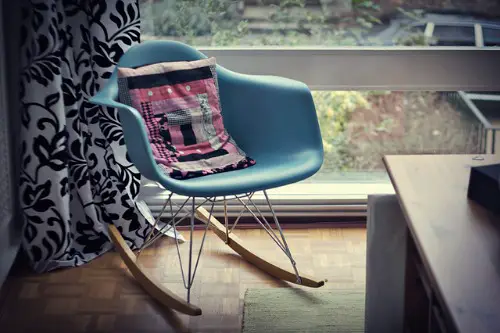
Charles and Ray Eames were design legends, and their molded plastic chairs became a symbol of modernist style in the 1960s. Sleek, colorful, and surprisingly comfortable, these chairs transformed dining rooms and offices alike. Their mix of practicality and style captured the optimism of mid-century design. Original models from the ’60s are now collector treasures, with rare colors commanding premium prices.
What makes them particularly special is the design process behind them. The Eameses experimented with plastics and molding techniques that were groundbreaking for the time. Each chair feels like a small piece of industrial art. For fans of mid-century modern design, owning one is almost like holding history in your hands.
3. Tupperware Sets
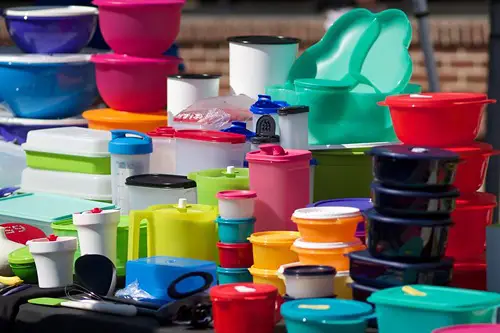
Tupperware may seem mundane today, but in the ’60s it was revolutionary. The airtight, colorful containers changed the way people stored and served food. Iconic for their bright lids and innovative sealing designs, these sets became must-have items for every household. Original sets with the rarer shapes or colors have become prized collectibles.
The real allure comes from nostalgia and design. Some vintage Tupperware pieces feature clever compartments or unique colors no longer in production. Collectors hunt for these items at estate sales or thrift stores like modern-day treasure hunters. The story of Tupperware parties also adds a cultural layer that collectors love.
4. Pyrex Mixing Bowls
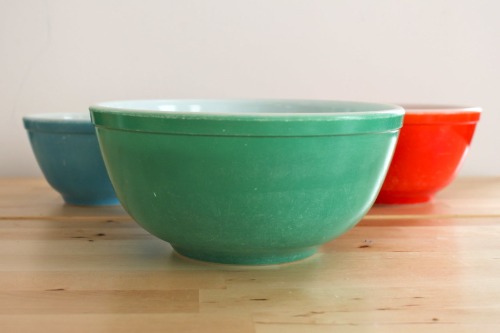
Pyrex was a kitchen staple, but the patterned mixing bowls of the ’60s went beyond utility. With bold colors, geometric designs, and stackable convenience, they became a cheerful part of daily life. Many households still remember mom or grandma pulling out these bowls for baking or serving. Today, original sets—especially in iconic patterns like “Butterprint” or “Crazy Daisy”—can sell for hundreds.
The combination of durability and design makes Pyrex irresistible to collectors. Unlike disposable or flimsy kitchenware, these bowls have lasted decades, often still in perfect condition. Each pattern tells a story of 1960s style and domestic life. That mix of function and nostalgia is why collectors fight over the rare colors and prints.
5. Rotary Telephones
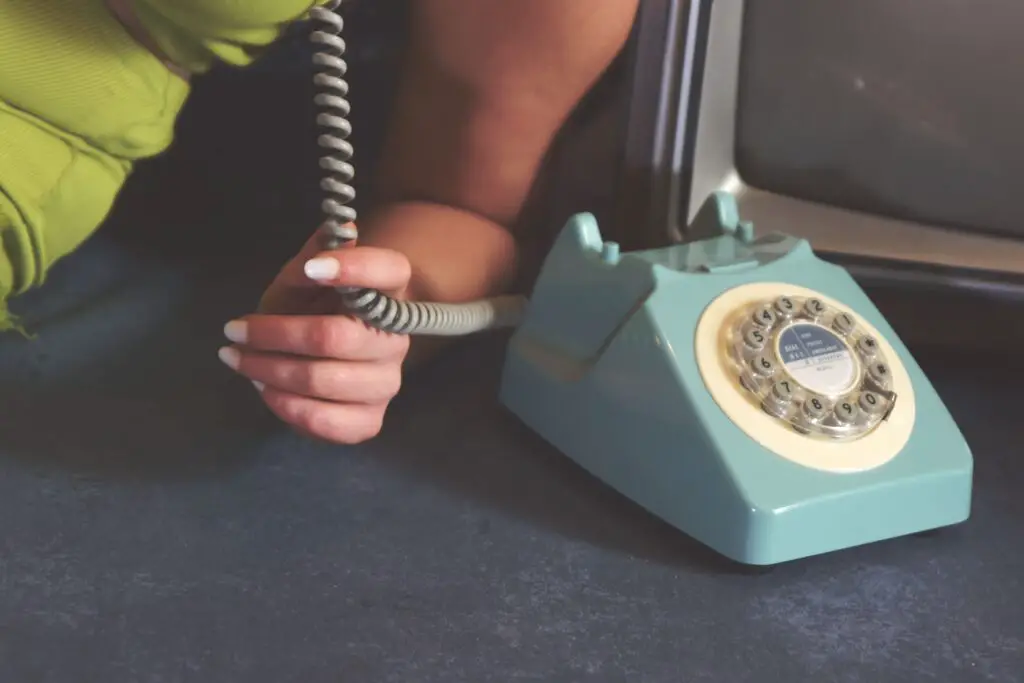
Before smartphones, there was the rotary dial. These phones, often brightly colored in the ’60s, were more than communication tools—they were statement pieces. The tactile click of the dial and the satisfying weight of the handset evoke a simpler time. Collectors today chase certain colors, especially rare reds, greens, or blues.
Rotary phones also represent design ingenuity. They were built to last, with heavy, durable materials that still work decades later. Their retro aesthetic makes them perfect for display in homes or offices that want a mid-century feel. Each dial and cord is a little slice of analog nostalgia.
6. Coca-Cola Glass Bottles
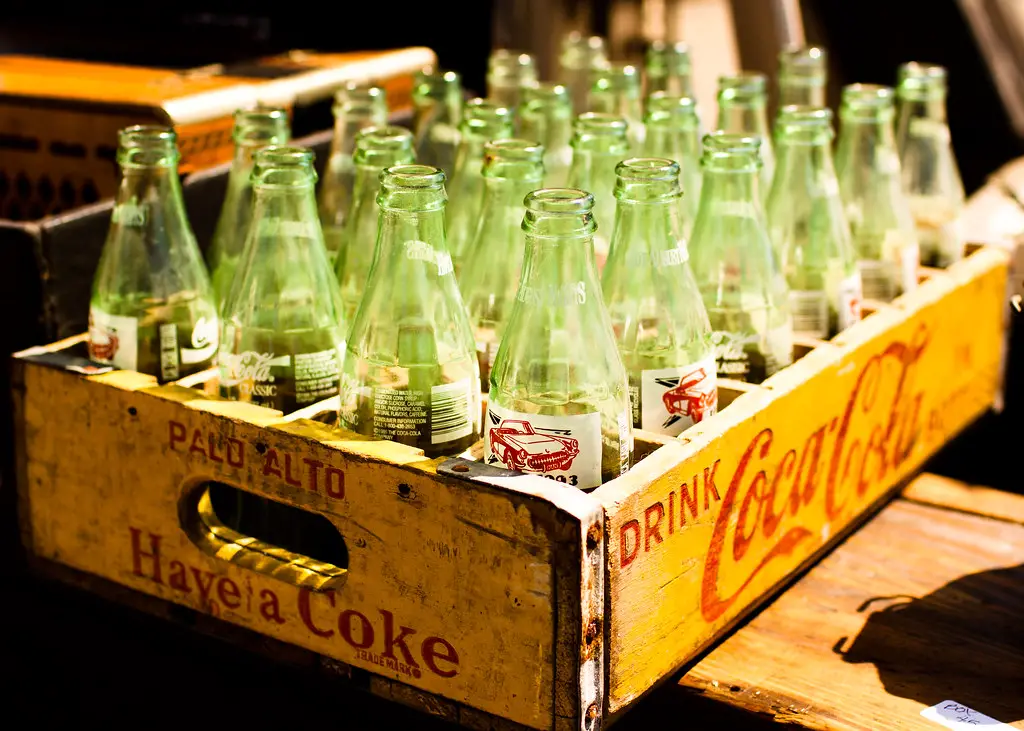
The ’60s were a golden age for Coca-Cola collectibles. The curvy glass bottles from that era, especially ones with unique labels or embossing, are highly sought after. They weren’t just containers—they were icons of a culture obsessed with design and branding. Finding an unopened bottle in good condition is a collector’s dream.
What makes these bottles stand out is their blend of practicality and artistry. The shape of the bottle became instantly recognizable worldwide. Even the smallest variations, like limited-edition labeling, can add significant value. Collectors often enjoy hunting down these tiny design differences.
7. Formica Tabletops
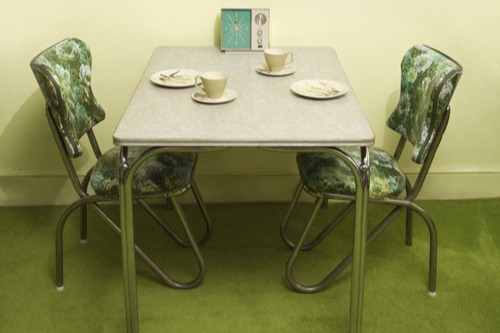
Formica tables were everywhere in the ’60s, and their laminate tops often featured bold, funky patterns. These tables weren’t just durable—they were a centerpiece for kitchens and dining rooms. Patterns like speckled pastels or geometric prints scream mid-century modern style. Today, original tables in good condition are collectible for their retro charm and craftsmanship.
The appeal goes beyond nostalgia. The quality of these tables, with metal edges and sturdy construction, has allowed many to survive decades of use. Collectors value intact surfaces and rare colors. Owning a Formica table is like preserving a little piece of everyday history.
8. Mid-Century Clocks
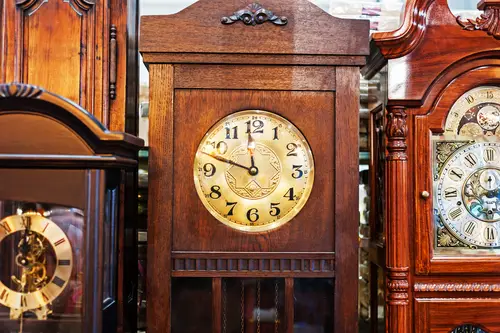
Clocks in the ’60s weren’t just functional—they were statement pieces. Sunburst or starburst wall clocks, with their spiky designs and metallic finishes, became symbols of futuristic optimism. They often acted as focal points in living rooms or offices. Originals from brands like George Nelson are now highly collectible.
Their value comes from a mix of design and nostalgia. Each clock reflects the era’s fascination with space-age aesthetics and bold design choices. Collectors pay top dollar for ones with working mechanisms and intact finishes. Hanging one today instantly evokes the charm of a 1960s home.
9. Fire-King Glassware
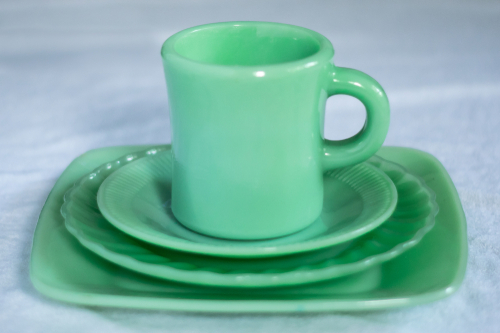
Fire-King was a household name for durable glass kitchenware, but its patterned pieces from the ’60s became collectibles. Vibrantly colored mugs, bowls, and plates were both functional and cheerful. Patterns like “Peach Lustre” or “Jade-ite” remain especially desirable. Collectors often seek full sets for display or nostalgic use.
The brand’s reputation for durability makes these items stand out. Many pieces have survived decades in near-perfect condition. The quirky, colorful designs also add a playful touch to any kitchen collection. For vintage enthusiasts, Fire-King represents both style and reliability.
10. Retro Vacuum Cleaners
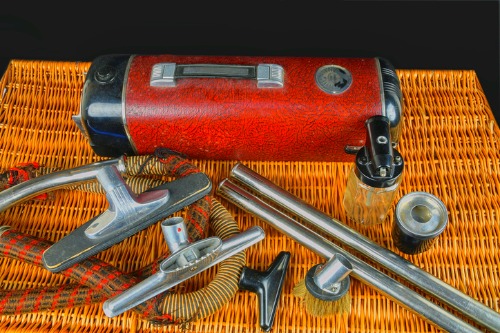
Cleaning wasn’t glamorous, but the vacuum cleaners of the ’60s certainly tried to make it stylish. Brightly colored, sleek, and often futuristic-looking, these machines were designed to stand out. Brands like Hoover or Electrolux produced models that became collector favorites. Today, working models in original condition are surprisingly valuable.
Collectors are drawn to them for more than nostalgia. The engineering quality was high, and many still operate today. They also serve as quirky décor pieces for mid-century modern interiors. Each vacuum is a reminder of the era’s mix of function and design flair.
11. Pop Art Dishware
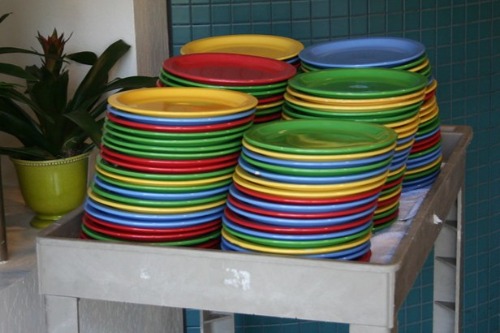
Pop Art influenced more than galleries—it landed right in people’s kitchens. Dishware featuring bold graphics, abstract shapes, or comic-inspired prints became popular in the ’60s. Designers like Russel Wright pushed the boundaries with colors and patterns. Today, original sets fetch collector interest due to their vibrant aesthetic and cultural significance.
These pieces are loved for the statement they make on the table. Their bold designs mirror the artistic experimentation happening outside the kitchen. Collectors hunt for complete sets or rare pieces. The dishware is both functional and a miniature gallery of mid-century art.
12. Bakelite Jewelry
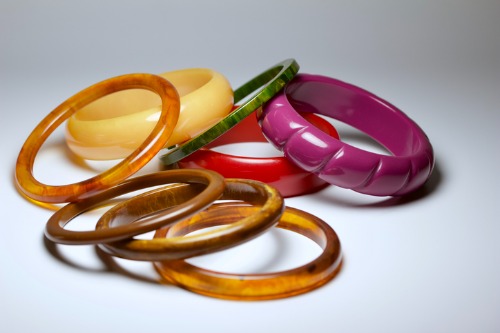
Bakelite jewelry was everywhere in the 1960s, often in chunky, colorful designs. Bracelets, rings, and earrings made from this early plastic became fashion statements. Their boldness and durability made them an iconic accessory for the era. Today, collectors prize these pieces for their vintage appeal and rarity.
The magic of Bakelite lies in its texture and color. Heat and chemicals are used to test authenticity, which fascinates serious collectors. Some colors, like deep reds or marbled greens, are particularly rare. Owning a piece of Bakelite jewelry feels like holding wearable history.
13. Vintage Board Games
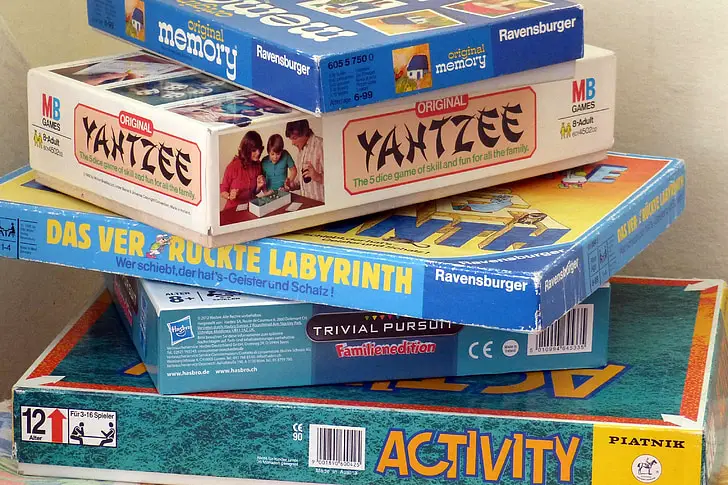
Board games in the ’60s were often brightly colored, imaginative, and themed after the pop culture of the time. Titles like “Operation” or early “Twister” editions are now nostalgic collectibles. The packaging design alone can make a set desirable. Mint condition versions with all pieces intact are especially prized.
Collectors are drawn to them for both nostalgia and art. The games capture a snapshot of social life and family entertainment. Vintage boxes often feature psychedelic or futuristic artwork. Playing one today is like stepping directly into a ’60s living room.
14. Swinging Space-Age Lamps
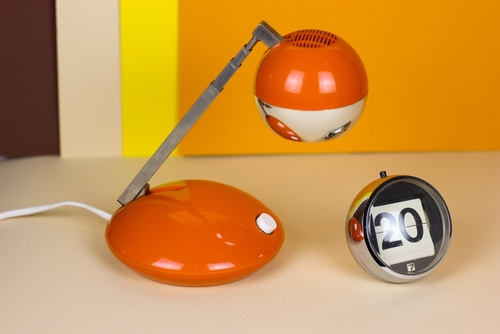
Lighting in the ’60s wasn’t shy—it aimed to impress. Swinging or “atomic” lamps, with curved metal arms and globe bulbs, became iconic in living rooms and offices. Their futuristic designs mirrored the space race fascination of the era. Collectors look for originals with intact globes and adjustable arms, which can fetch significant sums.
These lamps are as much about form as function. They often served as statement pieces that defined a room’s style. Restored or well-preserved examples are highly sought after. Owning one today is like capturing a little bit of that optimistic, forward-looking ’60s energy.
This post 14 Household Objects from the ’60s That Became Cult Collector Items was first published on Greenhouse Black.
